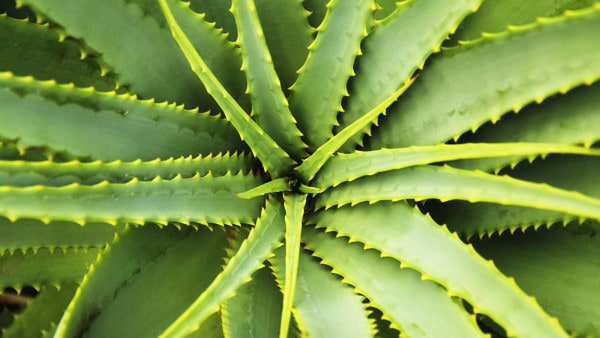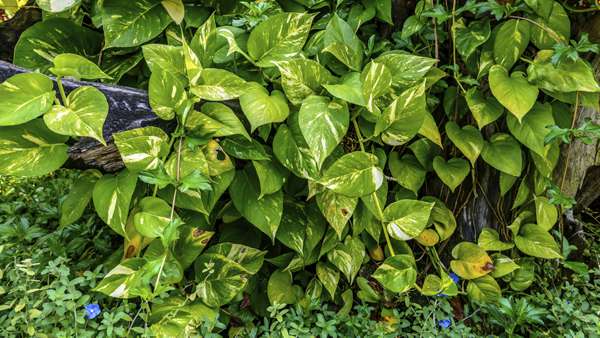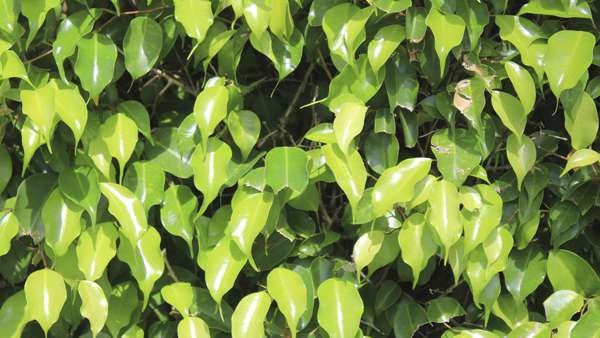
Sleep Better at Any Age by Cleaning the Air in Your Home
As we get a little older, many of us find that our sleep patterns change. Instead of sleeping through the night, we find ourselves waking up at 4am, wondering whether to go back to bed or get started with the day. Well, we can’t change how the aging process impacts our bodies, but, we can change the environment that we live in.
In a previous article, I discussed several ways to create a sleep sanctuary in your home. This could include using soft “nature sounds” and calming scents to whisk you off to sleep. It could also include making sure that the air in your home is as clean and fresh as possible.
These Amazing Plants Can Help You Sleep Better
If you are allergic to any of the common chemicals that are found in cleaning products, such as formaldehyde, trichloroethylene and benzene, you may not realize how they are impacting your sleep. Fortunately, there are several plants that can help you to clean these chemicals from the air in your home. Even if you aren’t allergic to these toxins, the plants mentioned in this article will help you to create a more natural environment to live in, which will help you to relax and get the restful sleep you deserve.
Here are 10 plants that can help you to improve the air in your home naturally.
Aloe Vera
You probably already know that Aloe can help to soothe small cuts and rashes. But, did you know that Aloe can also help to heal the air in your home? This plant can help to clear out formaldehyde, which is found in everything from air-fresheners to cleaning liquids. Bonus: Keep an eye out for “plantlets,” which can be used to create entirely new plants.
Golden Pothos
Like many of the plants in our list, when it comes to cleaning formaldehyde from the air, this plant is worth its weight in gold. As a bonus, you can also use the golden pathos as an aquarium plant. If you do, it will help to remove nitrates from the water. After all, why should you be the only one with a clean place to live?
Peace Lily
Who wouldn’t want to have a little more peace in their home? Well, the peace lily may not be able to make your grandkids behave, but, it can help to clean the air in your house. In addition to combatting formaldehyde and carbon monoxide, the peace lily can also help to remove toluene and xylene from the air.
Spider Plant
This amazing plant is tough to kill and tough on air-based toxins. The chlorophytum comosum can help you to fight back against formaldehyde and carbon monoxide naturally. If you don’t think that you have a green thumb, but, want to add some air-cleansing beauty to your home, the Spider plant may be a good option.
Snake Plant
Despite its name, this hardy plant won’t bite, unless you’re made of formaldehyde or benzene! Like the spider plant, the snake plant can survive in a wide range of conditions. This makes it perfect for busy owners, like me, who want to keep their air in their house healthy, but, don’t have time to deal with fussy plants. Give them plenty of light and remember to water them occasionally and they’ll do their cleaning job to perfection!
Gerber Daisy
Add a little color to your home while removing trichloroethylene, a byproduct of dry-cleaning, from the air. If you treat this beautiful flower with care – and give it plenty of sunlight – it will return the favor by producing colorful flowers from spring until fall.
Chrysanthemum
Another plant that anyone would love to have in their home, even if it didn’t clean the air, is the chrysanthemum (chrysantheium morifolium). This beautiful plant can help to filter benzene, which is found in household solvents, out of the air. Give it plenty of light, protect it from aphids and don’t let it get too cold. Your chrysanthemum will return your love by keeping the air in your house healthy.
Weeping Fig
Unlike the hardy snake and spider plants that we discussed earlier, the weeping fig may live up to its name if you don’t take good care of it. It is especially sensitive to changes in light, so, once you find a home for it, it’s best to leave it be. Assuming you are able to keep it healthy, the weeping fig can help to eliminate formaldehyde, trichloroethylene and benzene from the air.
Chinese Evergreen
If all of the bright spots in your house are already filled with chrysanthemums and gerber daisies, you may want to complete your air-cleaning plan with the Chinese evergreen. This plant can survive in low light and filters out many of the chemicals that its more colorful cousins can handle.
Bamboo Palm
This plant is great for adding a bit of natural green to an otherwise sterile interior. It also helps to fight benzene and trichloroethylene in the air. The bamboo palm does well in the shade, giving you plenty of options for where to feature it in your home.
So, that’s it! 10 amazing plants that can help you to improve the air in your home and help you sleep better. I’d love to get your thoughts on this. Please answer one or more of the following questions below.
Do you want to sleep better? Do you have any of the plants listed in this article in your home? Which ones? Do you agree that bringing nature into your home is a great way to remove stress, while cleaning the air? Why or why not? Please join the conversation.
Sources: ScienceDirect, TopTipSpot, Wikipedia, MNN
Tags How to Sleep Better
















